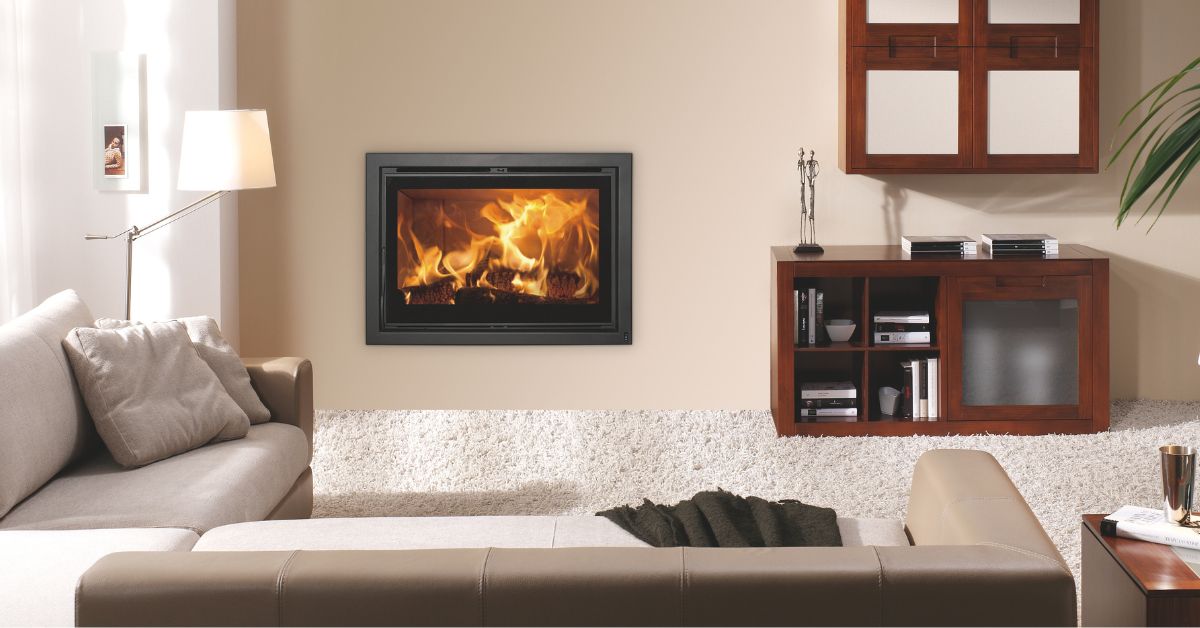
Although we enjoy the warmth of the fireplace, the odors can be unpleasant. With simple tricks like vinegar, salt, or baking soda, you can keep your home fresh and cozy.

Wood stoves are much more than just a heating system—they are the soul of a home in winter, a refuge where flames dance and warmth embraces. But for that hot air we appreciate so much to flow as it should, the fan that expels it needs maintenance that few dare to explain in detail. Today, drawing from my experience as a fire enthusiast and connoisseur of Panadero’s masterpieces, I bring you a guide you won’t find just anywhere. Let’s get our hands dirty (literally) and restore that soft, warm roar to your stove that makes you sigh with satisfaction.
The fan is not just another accessory. It is responsible for distributing the heat that the wood transforms into magic, carrying it to every corner of your living space. If it’s dirty, covered in dust or soot, it not only loses power but can also strain itself and shorten its lifespan. Imagine a Panadero stove, with its robust design and impeccable quality, working at half capacity due to something that can be fixed in an afternoon. It doesn’t deserve that, does it? And neither do you.
Before you start, gather the basics: a screwdriver (most likely a Phillips, depending on the model), a soft-bristle brush, a vacuum with a fine nozzle, a damp cloth, and a dry one. If you have an electrical contact cleaner, even better, but it’s not essential. I always carry a microfiber cloth in my pocket—it’s my secret to perfect finishing touches. Panadero manufactures stoves with details that deserve that extra care.
First, safety: turn off the stove and wait for it to cool down. There’s no rush when it comes to doing things right. Locate the fan; in Panadero stoves, it is usually at the back or top, depending on the design. Disconnect the power if it’s plugged in. Using the screwdriver, remove the cover protecting it. Don’t force anything—these pieces are built to last but should also be treated with care.
With the vacuum in hand, remove any loose dust. Do this calmly, getting close to the blades without touching them yet. Then, use the brush to remove stuck-on dirt. Here comes my personal touch: if the soot is stubborn, slightly dampen the cloth (just a little) and wipe gently. You’ll see the blades regain their shine. If you notice the motor making unusual noises, an electrical contact cleaner spray can be your best ally, but apply it carefully and let it dry completely.
Reassemble everything, plug it in, and turn it on. Listen to that clean hum, feel the hot air flowing freely. It’s as if the stove is thanking you.

Cleaning the fan shouldn’t be a weekly task, and with Panadero wood stoves, whose quality reduces residue buildup, even less so. My advice is simple but effective: once a month, use a fine brush over the external vents without disassembling anything. Five minutes that will save you a deep clean later on. And always use dry, well-cured wood—moist smoke is the worst enemy of your fan.
I’ve cleaned many stoves in my life, but Panadero’s have something that makes me smile every time I open them: everything fits, everything is well thought out. It’s not just steel and glass; it’s a design that breathes dedication. Cleaning its fan is not a chore—it’s a ritual to keep alive that spark that makes your home a special place. So, if you want your stove to remain the queen of winter, give it this care. And if you don’t have one yet, visit www.panadero.com. I assure you, once you experience well-made warmth, there’s no turning back.

Although we enjoy the warmth of the fireplace, the odors can be unpleasant. With simple tricks like vinegar, salt, or baking soda, you can keep your home fresh and cozy.

How to avoid dust in the house when using a wood stove: tips and tricks for a clean and healthy home

Learn how to remove mould from your wood for use by following the steps in this article.

All you need to know: what it is, uses and benefits of wood stoves
To provide the best experiences, we use technologies such as cookies to store and/or access device information. Consenting to these technologies will allow us to process data such as browsing behavior or unique identifiers on this site. Not consenting or withdrawing consent may adversely affect certain features and functions.